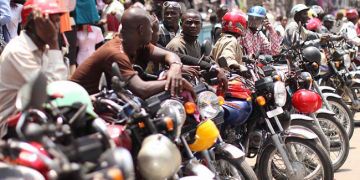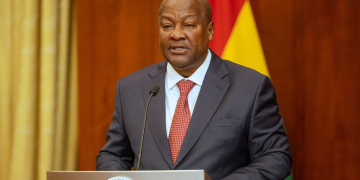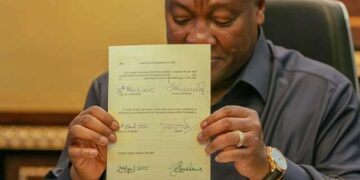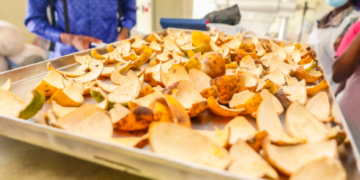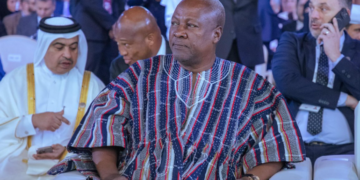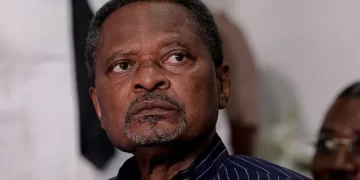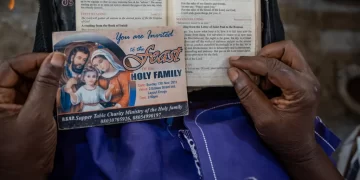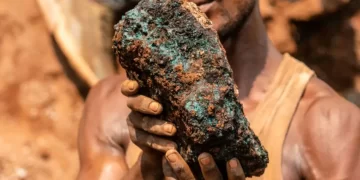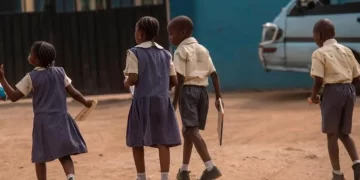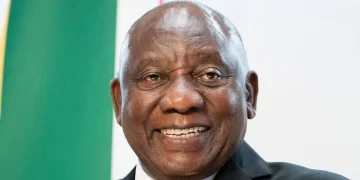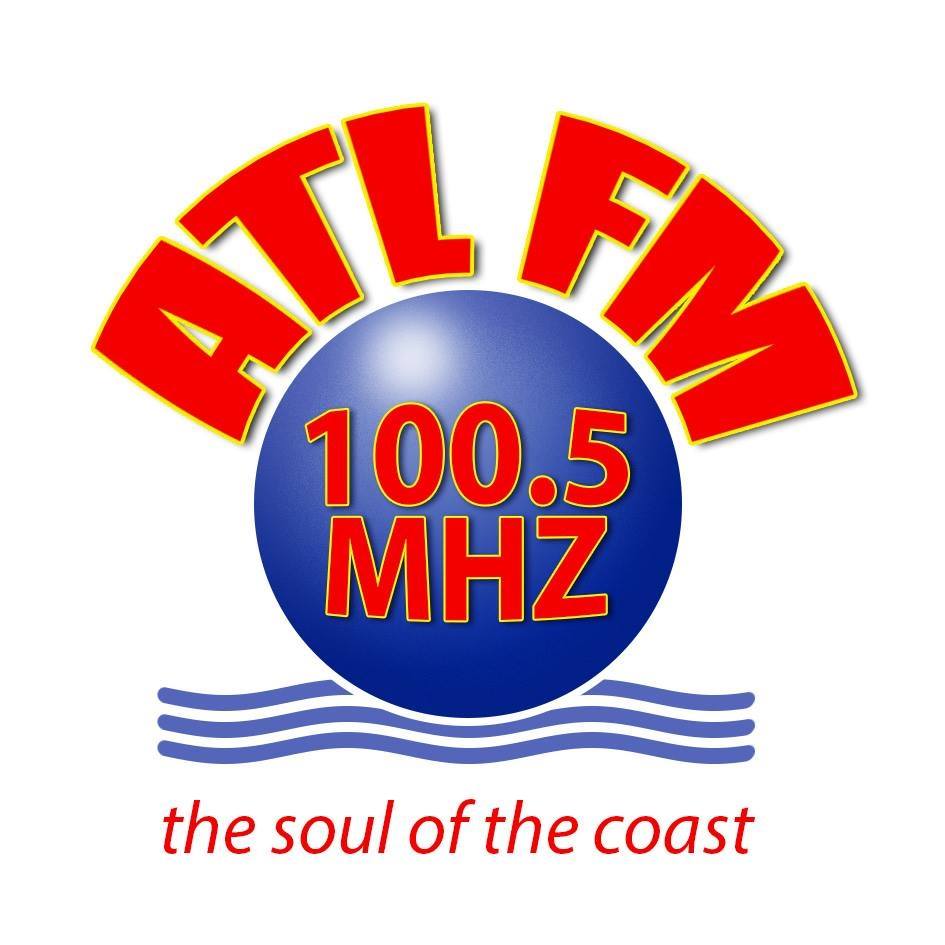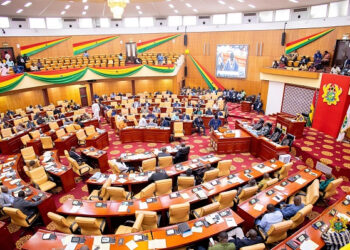In order to develop a steady stream of talented players from the grassroots levels up to the elite divisions and guarantee a steady flow of top players through the appropriate transitions, former Ghana international Emmanuel Agyemang-Badu has advocated a return to grassroots development.
He is an advocate for an efficient grassroots development system and feels that the government and Ghana Football Association should follow the successful model of the Right to Dream Academy, which has recently produced a number of elite players for the Black Stars and European clubs, including Mohammed Kudus, Ernest Nuamah, and Kamaldeen Sulemana.
The former Black Stars midfielder, who came through a strong youth development program, said it was critical that the Ghana FA prioritize talent identification and development as a crucial part of its overall development policy. This is similar to the five-year development plan that the Ben Koufie-led FA implemented more than 20 years ago, which guaranteed Ghana’s qualification for its first FIFA World Cup in 2006 and continued progress for many years after.
Agyemang-Badu discussed the situation of Ghanaian football last Saturday on UTV, based in Accra. He stated that it was imperative that the FA set up a talent identification office within the GFA, manned by former players with experience in identifying potential, in order to help find talents for the national coaches.
Read also:Dayot Upamecano: Bayern Munich condemn racist abuse directed at defender after Lazio defeat
He claimed that because the Right to Dream system in Ghana had shown to be so successful, the government and the FA needed to establish a national academy that would be modeled after the academy that was previously run by retired Black Stars players like Derek Boateng, Laryea Kingson, Michael Essien, and Mas-Ud Did Dramani, the academy’s technical director and former assistant national coach.
“Where is Right to Dream getting its talents? Which people are doing the work for Right to Dream —Laryea, Didi Dramani, Essien and Derek as their head scout. They scout the players here, train them here and abroad and after eight years we go and invite the graduates to play in our national teams,” he lamented.
“Why don’t we set up a talent identification office for the game at the FA, let him [Boateng] work and identify U-15, U-17 talents for the national coaches? It’s an important setup we need and we must employ someone trained in that field.”
According to the retired player, the national teams’ recent poor play was a direct result of the model’s abandonment. This model produced a number of stars, including Samuel Inkoom, Andre Ayew, and him, who won the FIFA U-20 World Cup in 1999 and made the transfer to the Black Stars easy.
These days, none of the national teams—aside from the Black Queens—bring us honor. According to him, we need to return to the fundamentals, like interschool competitions or colts football, where talent is plentiful and easiest to spot.
“I’m happy with the FA’s U-15 catch-them-young policy, which is a fantastic idea and it may take time before we see the results and we’ll have strong national teams again,” advised the retired star who represented Ghana at the 2014 FIFA World Cup and five Africa Cup of Nations tournaments.
Agyemang-Badu, who spent his best years playing in the Italian Serie A with Udinese before relocating to Turkey, supported the idea that players identified through national scouting should be kept at the Ghana Football Association’s Technical Centre (Ghanaman Centre for Excellence) in Prampram. There, they should be developed over time and forced to play against teams from the West African sub-region as well as in their various clubs as they smoothly advance through the age groups. This is similar to what happened when Ghana dominated the Under-17 and Under-20 competitions, leading to the formation of a formidable Black Stars squad that won’t quit until recently.


